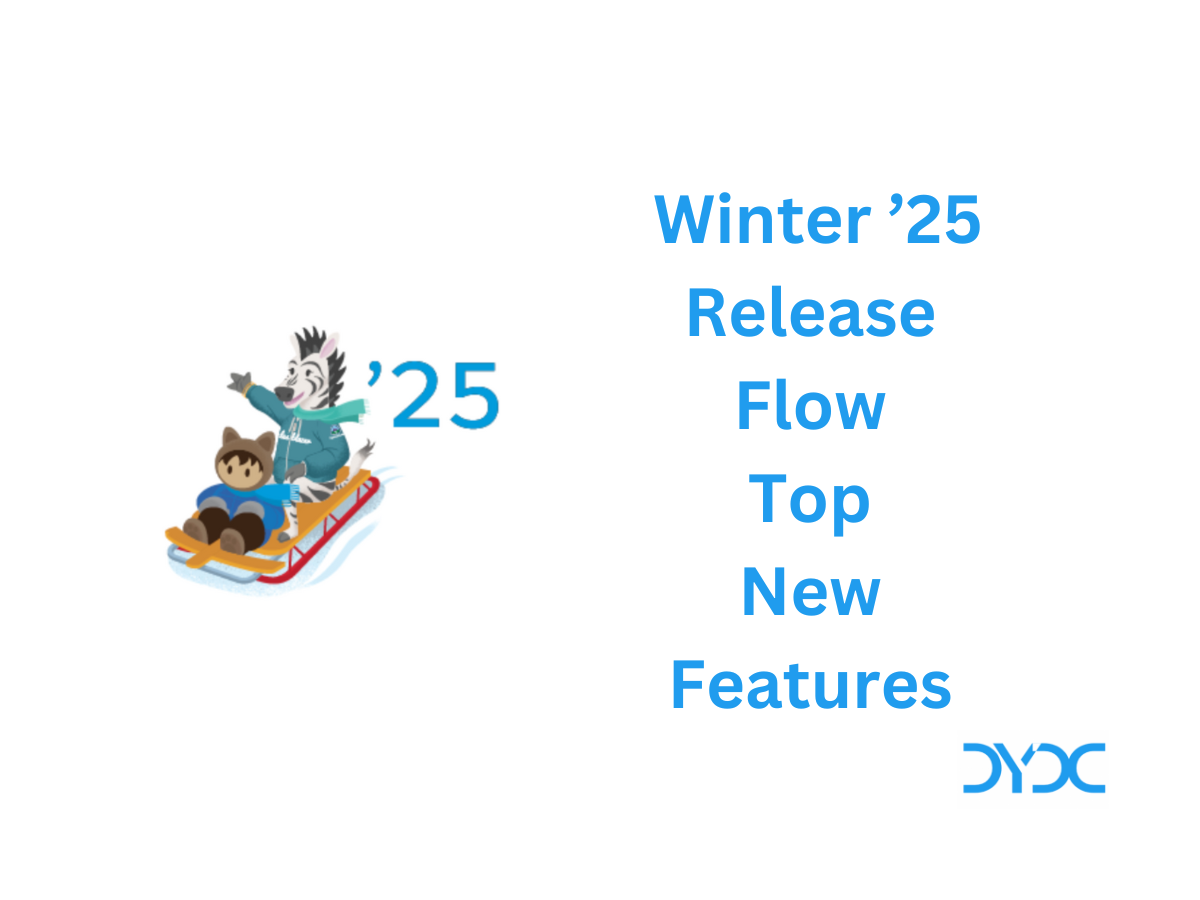Salesforce Flow Orchestrator Explained.
1. What is Salesforce Flow Orchestrator?
Salesforce Flow Orchestrator is a Salesforce automation tool used to orchestrate multi-user, multi-step automated business processes. An orchestration is a sequence of stages, each comprised of a series of steps. A stage can contain interactive and background steps. Interactive steps have an assigned user and execute a designated screen flow. Background steps execute an autolaunched flow that’s executed by the system and requires no user interaction.
2. How is Flow Orchestrator different from Salesforce Flow?
A Flow is an application that automates a business process by collecting data and doing something in your Salesforce org or an external system. Flows are record-centric.
An Orchestration is an application that builds sophisticated business processes by combining and coordinating a series of flows. Orchestrations are user-centric.
3. What are different Flow Orchestration Types?
Flow Orchestrator has two types:
- Autolaunched – can be invoked by Apex, REST, Processes, and more
- Record-triggered – runs whenever a specified type of record is created or updated
4. What are the key building blocks of Flow Orchestrator?
Flow Orchestrator consists of Stages, Steps and Flows.

Stages – A stage groups related steps, organizing them into logical phases. Stages are executed sequentially, and only one stage in an orchestration can be in progress at a time. You configure the conditions that must be met for the stage to be considered complete.
Steps – Steps are grouped in stages and can be run sequentially or concurrently. Interactive steps require user intervention. Background steps require no user interaction.
Flows – Salesforce Automation tool used in Orchestration steps. Interactive steps require screen flow whereas background steps require autolaunched flow.
5. What is an Orchestrator Work Guide?
Orchestrator Work Guide is a screen component that can be added to a page via App Builder. When an interactive step generates a work item for a user, it sends an email with a link to the specified record page to all assigned users. The assigned user receives email notification for the work and completes the work in the Orchestrator Work Guide on the specified record page. The assigned user can complete the work on the relevant record.
6. How can you access Flow Orchestrator?
If you are an admin you can access Flow Orchestrator from Setup -> Flows -> New Flow -> All + Templates -> Orchestrator

You can also Orchestration Runs and Orchestration Work Items List views from App Launcher
7. What are some key use cases for Flow Orchestrator?
Flow Orchestrator can be used to automate processes that require multiple interrelated steps. For example, a Claim processing by an Insurance company requires claims to go through multiple users from multiple departments within the company before being settled. Flow Orchestrator can be used to orchestrate how the Claim is processed and assign relevant tasks to users.
8. Additional Resources
Salesforce Flow Orchestrator is a very powerful automation tool and will see widespread adoption by Salesforce Admins. What are your thoughts about Salesforce Flow Orchestrator? Please let us know in the comments!
Recommended Articles
- Salesforce Associate Certification Guide
- Latest 300+ Salesforce Interview Questions
- Salesforce Certified B2C Solution Architect Exam Guide
- Salesforce Industries (Vlocity) CPQ Developer Exam Guide
- Salesforce Architect Interview Questions



Please rectify the description of Autolaunched and Record Triggered orchestration. They seems swapped.
Thanks Mahendra for pointing out. It’s corrected now!